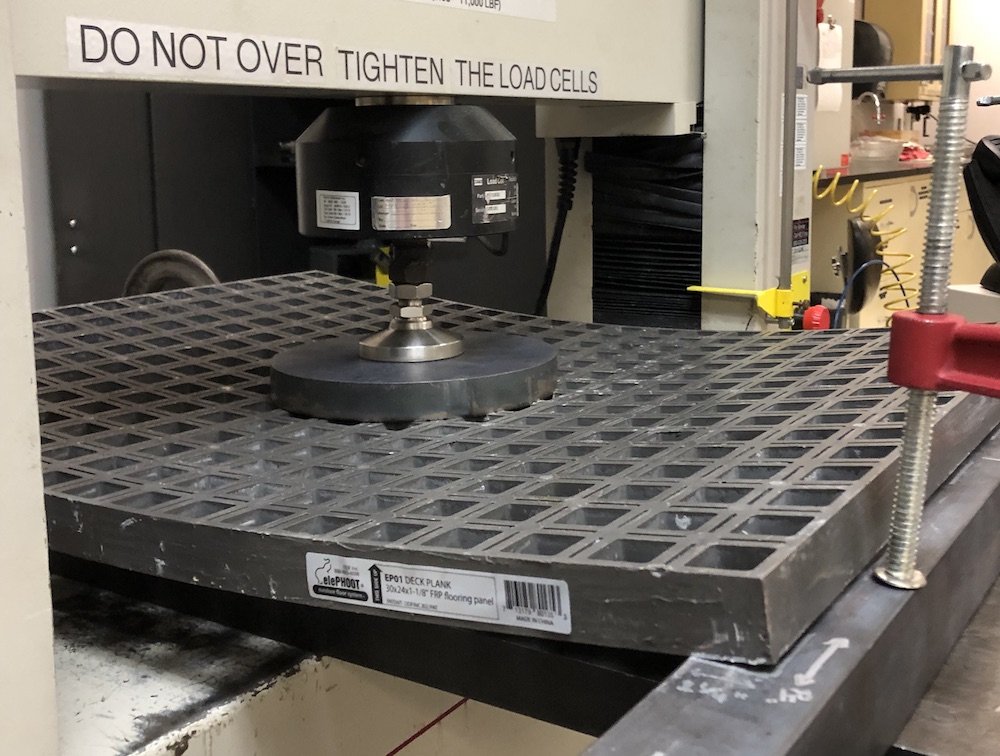
When using stone or tile on an elevated deck is deflection allowed? If so, what deflection value is acceptable? Unfortunately this is not a pure science. The Tile Council of North America Inc. agrees. Although they reference the building code standard L/360, they have come to the conclusion that “…recommendations for floor rigidity are not based on deflection measurements but on empirically established methods found to work over normal code construction.” Cleary from their experience and field studies, they have determined that there is no “Rock Hard” value or standard.
Let’s go back to the beginning. As with many conditions in the 20 and 21st century, technologist prefer to fit everything into a box. This pure science approach does work for most building conditions and does make the mathimaticly quantifiable values calculable. The formula works. Out of this process is developed allowable structural load deflections for materials used in building living spaces represented by L/360, 240, 120. The American Wood Council states that “these limits are based on live loads and activities experienced in specific rooms of a house. In brief for rigid hard surface floors, the recommendation as referenced by the TCNA would be L (floor joist span)(i.e. 10’ or 120”) ÷ 360 = .33” deflection. Hmm?
empirically established methods found to work over normal code construction
Unfortunately with the evolution of new building materials and installation methods, this static value will not always be the best match to every application condition. Consider these other possible variables when it comes to exterior decking, rooftop terraces or elevated decking platforms.
- What are the spans between supporting members ( i.e. joist, pedestals, other)?
- Will the elevated platform be bonded together to create a monolithic surface?
- Will the surface material be dry-laid or glue-bonded to the elevated platform?
- What type of tile or stone will be used as the surface finish? Hard or soft stone? Porcelain or natural tile?
- What is the footprint dimension of the surface material? Small or Large?
When each of these variables is thrown into the shaker, the net combination can result in different allowable deflection values to achieve optimum results. The answer to the question then is yes. Deflection is allowed. It’s the amount of deflection that is the question. And this takes that answer back to the evaluation of the variables.
So what is a designer to do? As a general rule, when considering any Outdoor Floor System® assembly, although all package are designed to meet the ASTM-E72 load values, we would recommend a deflection value closer to .050”. Can the GRATEDEX® GX01 and elePHOOT® EP01 meet this requirement? Yes! And in many install conditions, a much lower deflection value with greater load force.
The elePHOOT® EP01 Deck Plank shown in the picture was at >8000 lbf (>1600 psf) without failure.
In the end, as inferred by the TCNA, mock-up testing is sometimes the best approach to determine what combination of variables works best for the site conditions.
As this industry continues to evolve, there may be a future opportunity to submit your planned surface material for testing load conditions within the frame work of specific System Package configurations. If this would be helpful to your clients, don’t hesitate to let us know. We are interested in your success!



